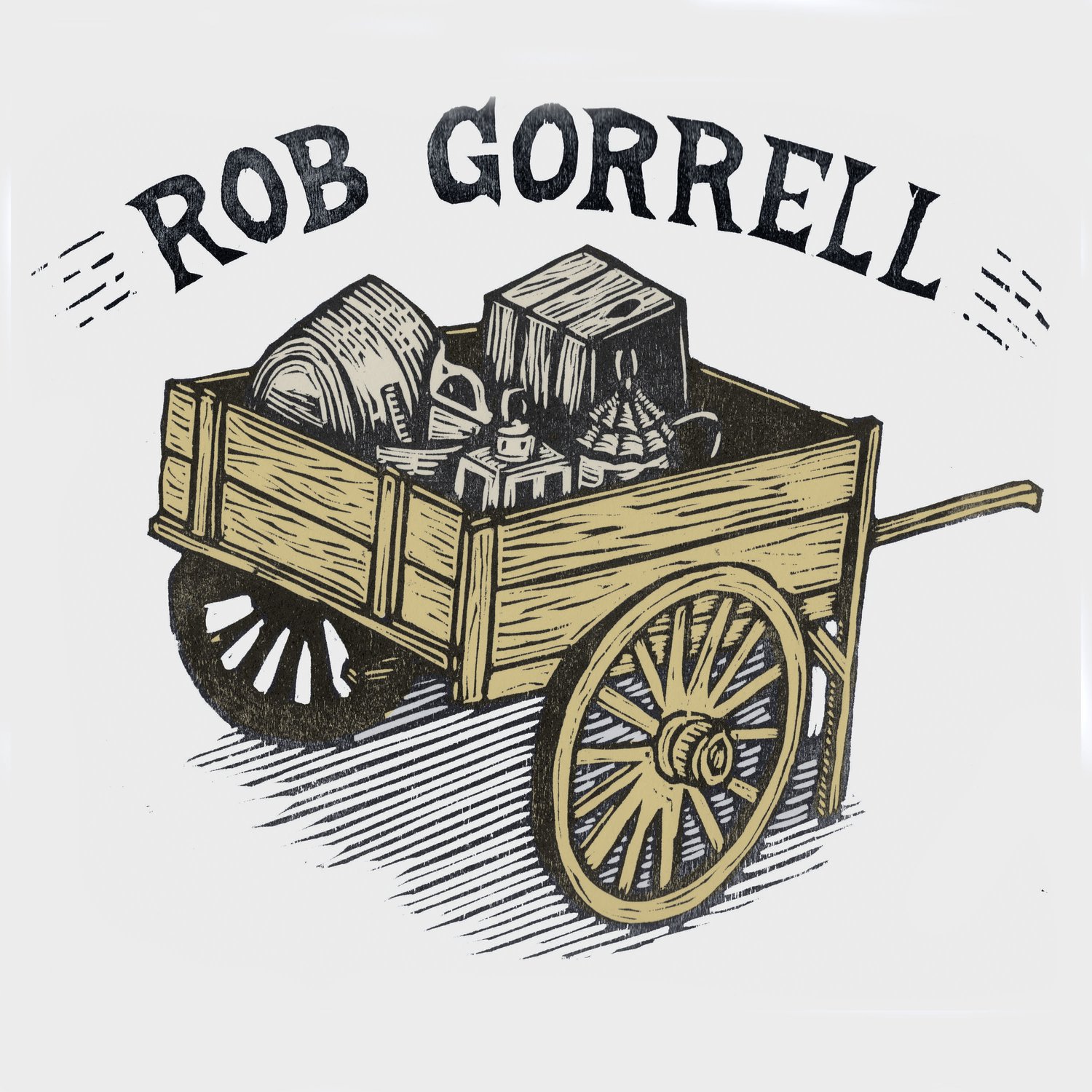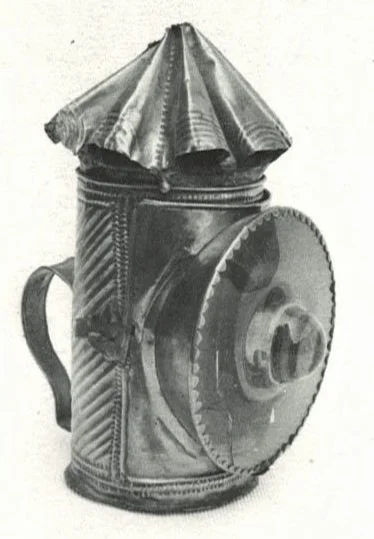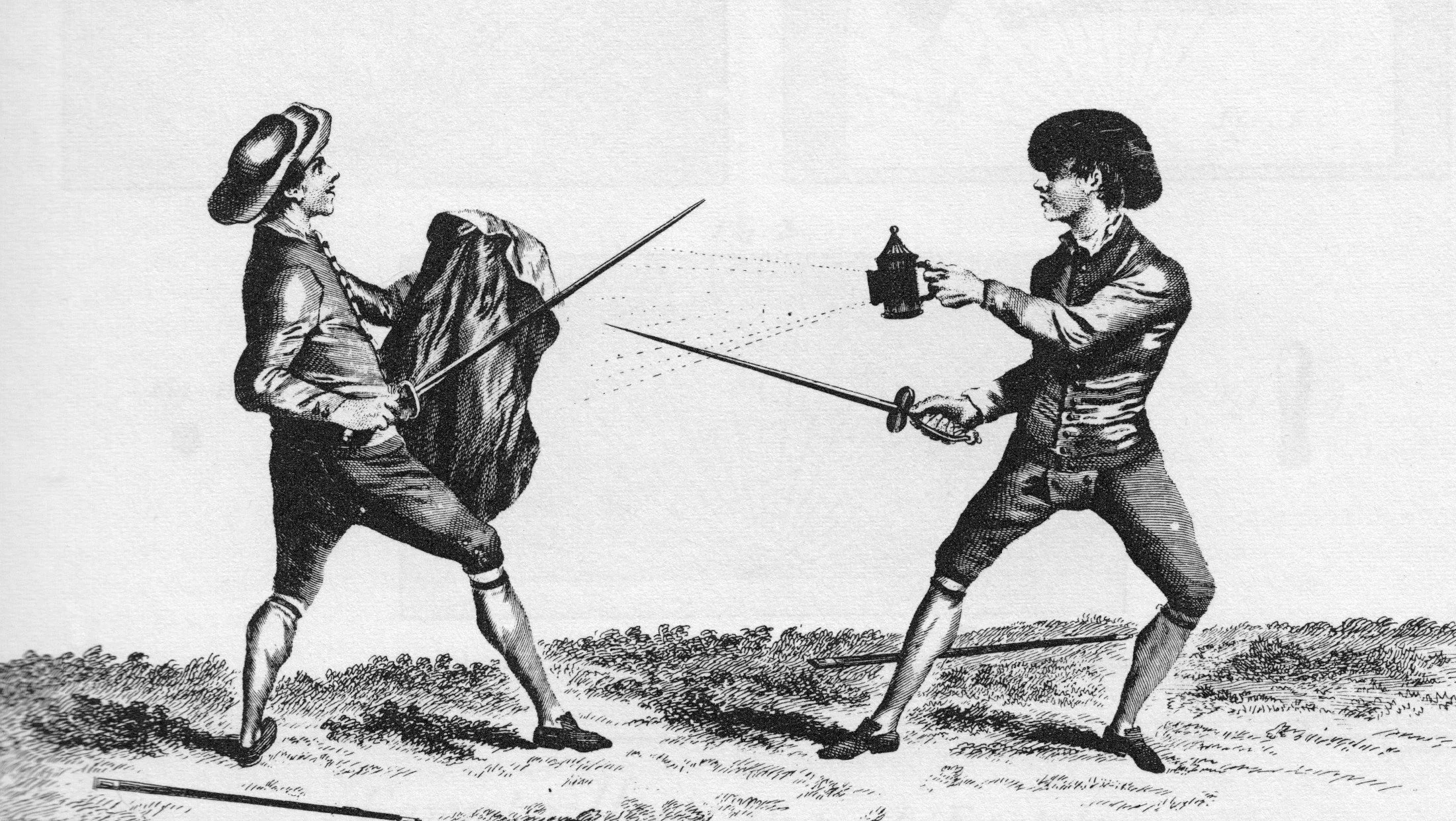And now, Hand Lanterns!
Today I want to talk about hand lanterns, which are basically any lantern with a side handle for carrying it. Think coffee cup meets candle lantern. I have found a few pieces of documentation and several great photos to share today.
I am dividing the hand lanterns into two categories, lanterns with regular panes, and lanterns with bull-eye lenses. We will talk about the bulls-eye lanterns in this post and the rest in a later post.
Hand lanterns were made in large numbers from the end of the 17th to the early 18th century. The sources I have found so far are all European, so I cannot say if they were common in the America’s at the time or not. Prior to the mid-18th century, it is safe to say that lanterns in the US colonies would have been imported as the tinsmithing industry had not been solidly established. The style shown here is from Making Fire and Light in the Home, pre-1820, and was made in Britain, Holland, and Belgium. They were made of thin sheet brass with punching and repousse work. The bold fluting of the top cone was very thin and fragile and damaged easily. These rough glass rondels did not focus light but scattered it due to the protrusions and defects (Caspall, 226). The rondels were the by-product of making large spun glass panes, being the middle part where the glass blower’s tool was attached to the glass. Notice also that the glass is held in place by small pointed tabs. Later, into the 19th century, the glass was held in by a flat rim that was machine-formed. The small hand lanterns with the bulbous paper-weight looking lens that are showing up in antique shops are much more modern railroad and police lanterns that came into more common use with the railroads.
Lanterns in the museum associated with Gairethinx - Centro Studi Marziali e Sportivi in Botticini Sera, Italy.
Hand Lantern with Bulls-Eye Lens - Order Now.
I have made a few hand lanterns based on the images above. This mustard painted hand lantern is made with a hand-blown glass rondel from Blenko Glass. They are fun lanterns to make with the pattern for the door being a bit of a challenge. The imperfections in the bulls-eye glass really give the lit lantern and nice mellow, aged light.
In addition to being a handy lantern for a walk-about or a trip to the Porta-John at events, the hand lantern is handy for sword fighting. This is a whole other story to be told another day.
From The Encyclopedia of Sciences, Arts and Trades by Diderot and D’Amembert, 1768
Caspall, John, Making Fire & Light in the Home, Pre-1820. Antique Collectors Club, Woodbridge England, 1987.





